Time Zone Worksheet
Are you looking for a practical and engaging way to help your students learn about time zones? Look no further! Our Time Zone Worksheet is the perfect resource for teachers and parents who want to introduce this concept to elementary or middle school-aged children. With clear and concise explanations, engaging activities, and thought-provoking questions, this worksheet provides a comprehensive overview of time zones and their significance.
Table of Images 👆
More Time Worksheets
Timed Multiplication Worksheets1 Minute Timed Addition Worksheets
Learning to Tell Time Worksheets Printables
Timed Addition Worksheets
Time in 15 Minute Increments Worksheet
What is a time zone?
A time zone is a region of the Earth that has the same standard time, typically centered on a specific longitude. The Earth is divided into 24 time zones, each representing one hour of difference from Coordinated Universal Time (UTC). Time zones help synchronize timekeeping across the globe and are used to regulate schedules, appointments, and international communication.
How do time zones determine different times in different areas of the world?
Time zones are determined based on the longitudinal lines of the Earth. The Earth is divided into 24 time zones, with each zone representing a one-hour difference from the adjacent zones. This system ensures that areas located further east or west from the Prime Meridian in Greenwich, England, experience different times to reflect the rotation of the Earth and provide consistency in timekeeping across the globe. As a result, different regions have their own standardized times based on their geographical position in relation to the Prime Meridian.
How many time zones are there worldwide?
There are 24 time zones worldwide.
Which country has the most time zones?
France has the most time zones in the world, with a total of 12 time zones, due to its overseas territories and regions spread across different parts of the globe.
What is the purpose of having time zones?
The purpose of having time zones is to create a standardized way to divide the world into different regions based on the Earth's rotation and to enable people to keep track of time consistently across different locations. Time zones help to synchronize activities such as transportation, communication, and trade on a global scale, ensuring that events and schedules are coordinated efficiently. This system also helps to mitigate confusion and ambiguity that would arise if everyone used the same time, considering the vast differences in sunlight and darkness across the planet due to its spherical shape and rotation.
How do time zones affect international travel and communication?
Time zones affect international travel and communication by creating challenges in coordinating schedules and ensuring timely communication. Differences in time zone can lead to confusion in setting up meetings or calls, resulting in potential delays or missed opportunities. It also impacts travel plans, requiring individuals to adjust to new time zones and overcome jet lag. Additionally, time zones can influence the availability of services and support, making it important to be aware of local operating hours when communicating or traveling internationally.
What is daylight saving time and why is it implemented?
Daylight saving time is the practice of setting the clocks forward by one hour during the warmer months of the year, typically in the spring, and then setting them back in the fall. It is implemented to make better use of daylight and to save energy by allowing for more daylight in the evenings, reducing the need for artificial lighting. This practice is also believed to have benefits for public health, safety, and the economy.
How does daylight saving time impact time zones?
Daylight saving time affects time zones by causing a shift in the standard time by one hour during certain parts of the year. This shift is intended to make better use of daylight during the longer days of summer, thereby reducing energy consumption. As a result, regions that observe daylight saving time will have a temporary change in their offset from Coordinated Universal Time (UTC) and may experience differences in time compared to areas that do not observe daylight saving time.
What factors are taken into consideration when establishing time zones?
When establishing time zones, factors such as geographic boundaries, political divisions, economic activities, transportation networks, and cultural considerations are taken into account. Time zones are typically designed to group areas that share similar solar time in order to facilitate communication, travel, and other aspects of global coordination while taking into consideration the needs and preferences of the population in each region. Additionally, international agreements and coordination among countries are crucial in order to ensure consistency and avoid confusion across different regions.
Can time zones change over time?
Yes, time zones can change over time due to factors such as political decisions, treaty agreements, or changes in geographic boundaries. These changes can result in countries or regions shifting their time zone offsets or boundaries to better align with their social, economic, or administrative needs. Additionally, adjustments in daylight saving time observance can also impact the time zone configurations in different parts of the world.
Have something to share?
Who is Worksheeto?
At Worksheeto, we are committed to delivering an extensive and varied portfolio of superior quality worksheets, designed to address the educational demands of students, educators, and parents.

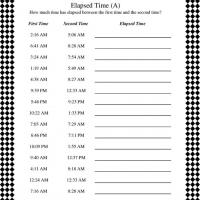



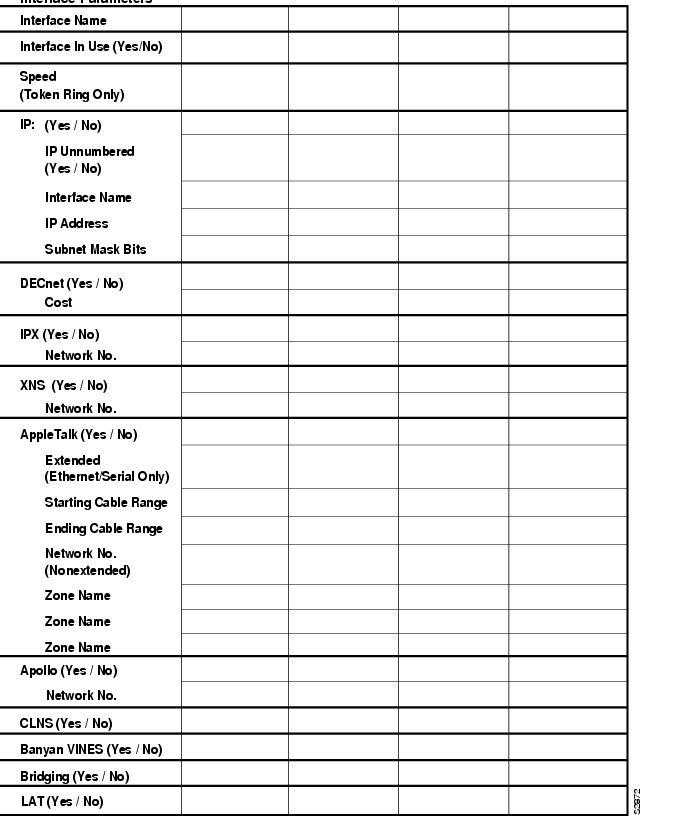

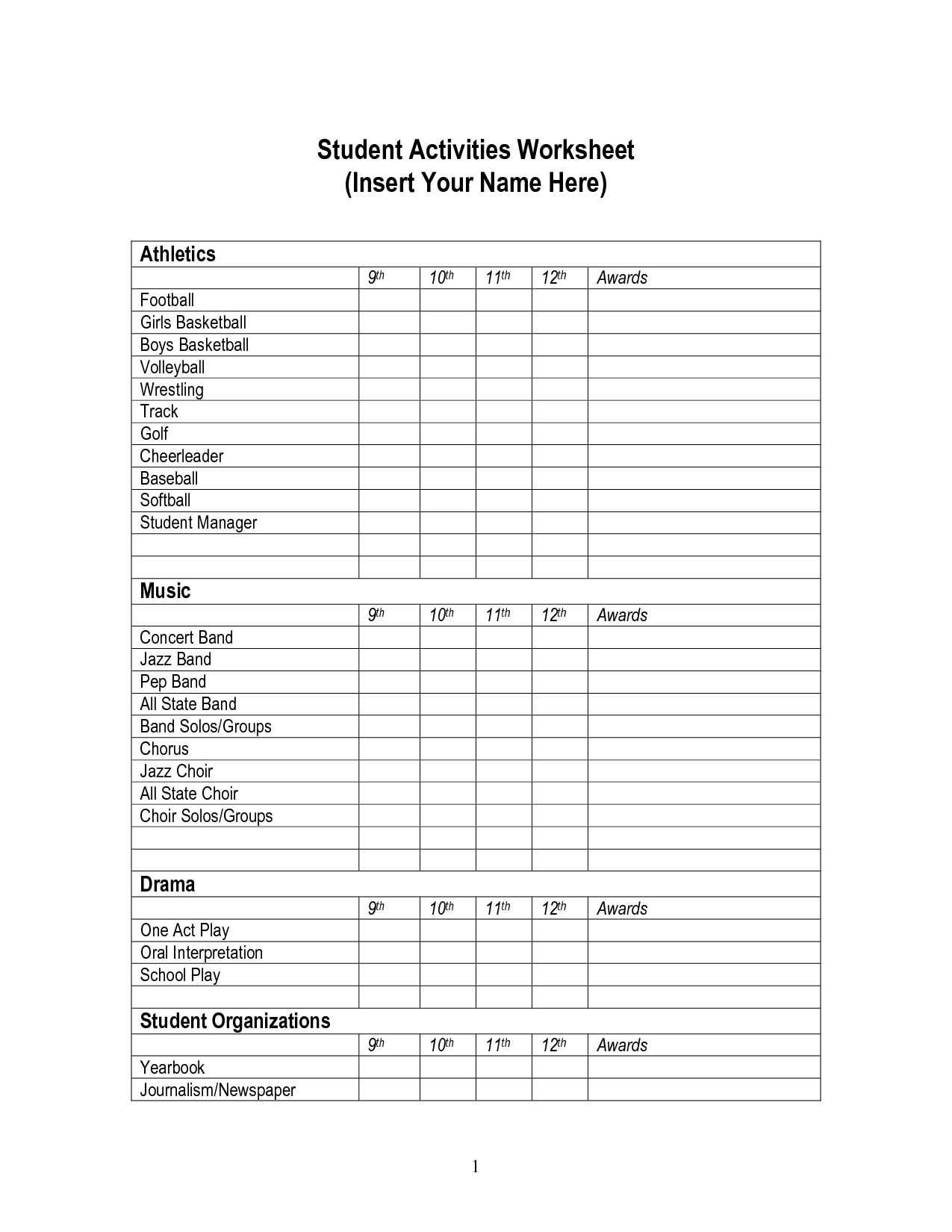
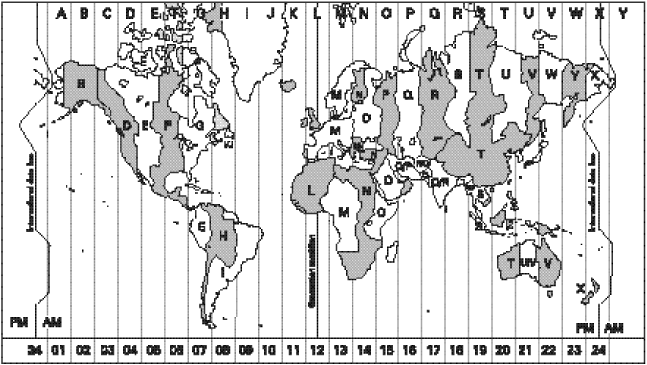
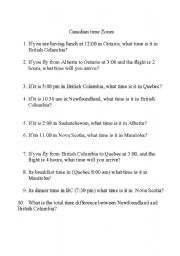








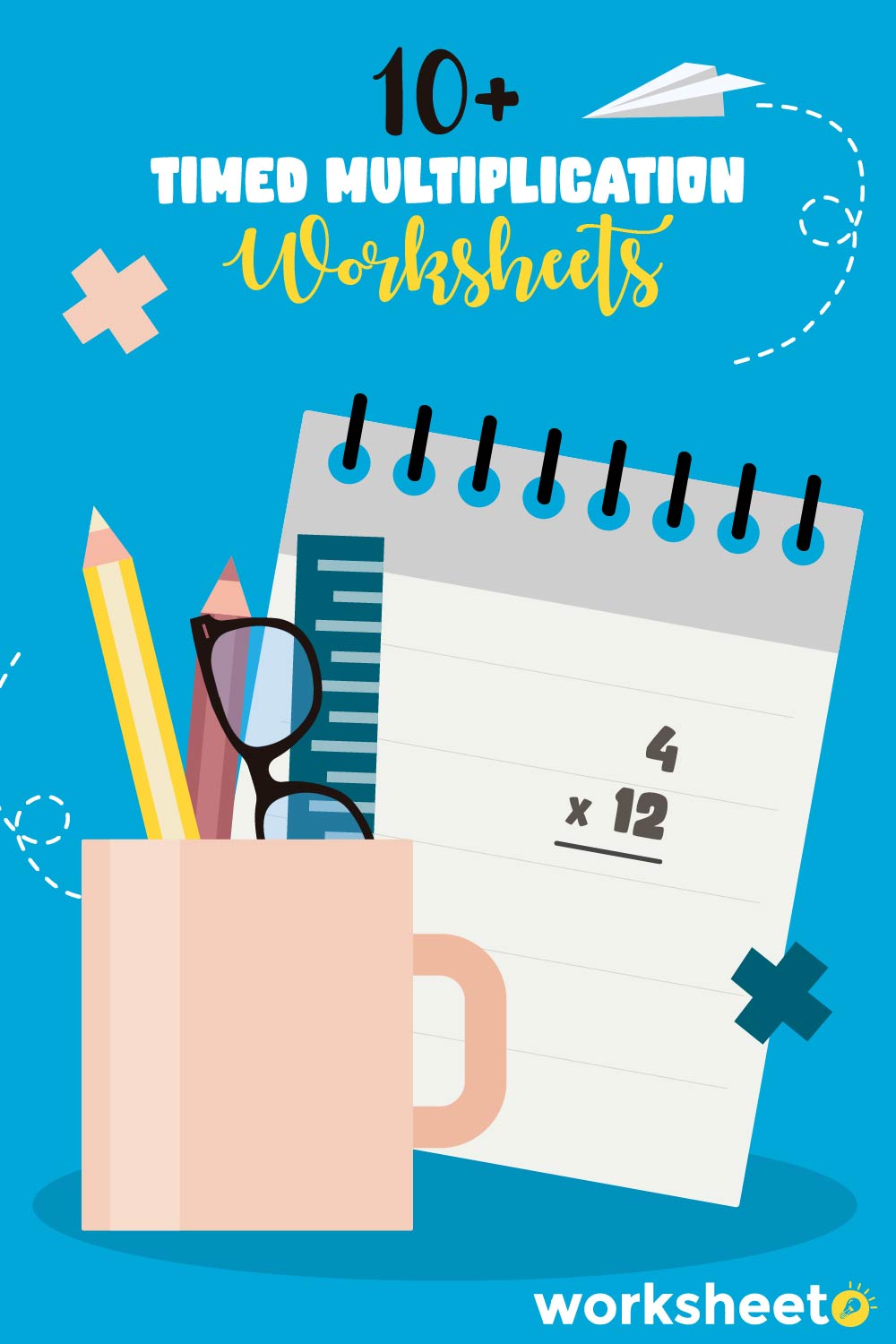
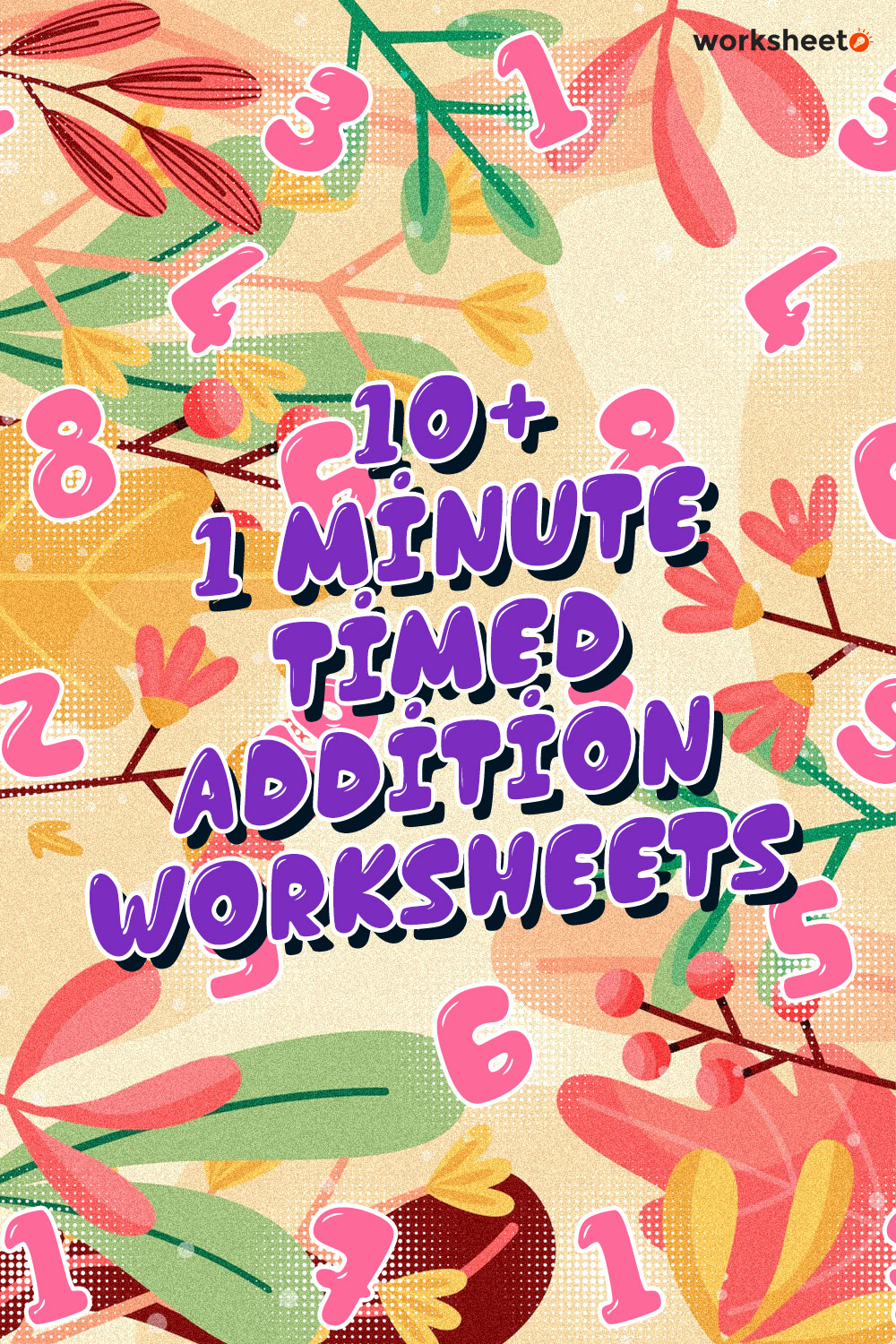

Comments